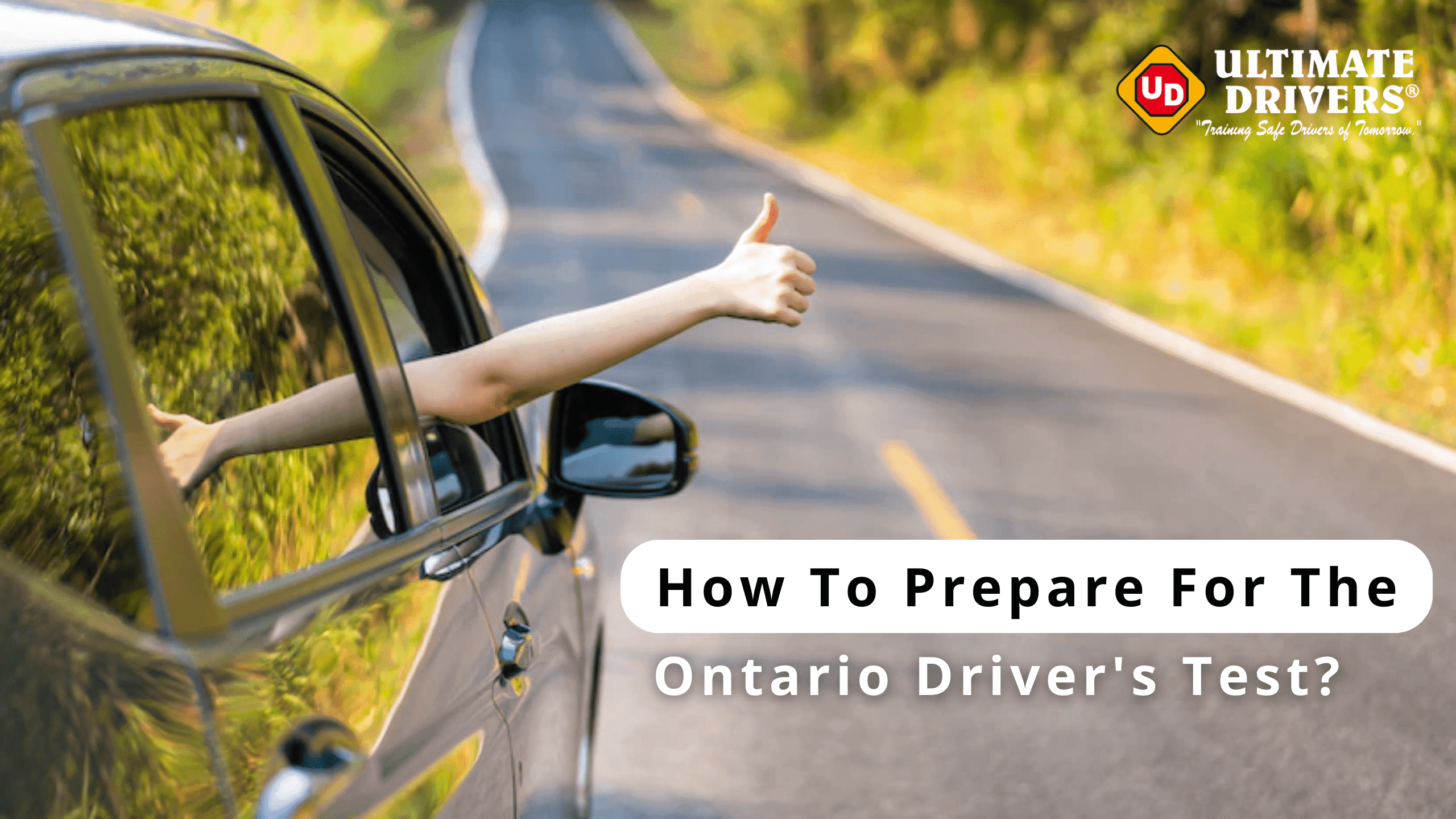In this blog, we’ll cover the complete information you need to know about getting a G license in Ontario.
The Ontario G test: what is it?
The G test is the second of the two driving assessments that new drivers in Ontario must pass as part of a 20-month graduated licensing procedure.
It’s the last step before receiving your complete driver’s license; after passing the G test, also known as the Level 2 road test or G2 road test, drivers are granted full Class G driving rights.
G1 license vs G2 license:
The G1 is the initial driver’s license that a new driver can get and marks the beginning of licensing. A fully licensed driver with at least four years of experience must be present when driving a vehicle with the G1 license, among other restrictions and requirements.
G1 drivers can schedule a road test to advance to the G2 level after 8 or 12 months. G2 licensed drivers can operate a car without an additional driver after completing this initial driving test, however, there are several restrictions that still apply.
G Class driving privileges:
The G license is the ultimate permit.
After a year of driving, drivers having their G2 can apply for it.
The G exam permits you to drive any car, van, or compact truck with some weight restrictions relating to towing and trailering after passing the G1 level and honing your driving abilities for a year with your G2.
To obtain a full license, drivers in Ontario need to complete two road tests. You can advance to Level Two (Class G2) by passing the first road test, and you can obtain full Class G driving rights by completing the second road test.
Are you allowed to make mistakes in your G Test?
Your road test examiner will grade your driving performance using a point system, this is a difficult question to answer.
To pass your test, you must receive a minimum score of 80%; nevertheless, regardless of your score, a single significant transgression can result in automatic failure.
Negative points can be assessed for things like neglecting to check your blind spot, failing to signal, or merging improperly.
A driver may fail their exam right away if they make a significant error, such as failing to stop for an emergency vehicle or running a red light.
How to prepare for the Ontario driver’s test?







